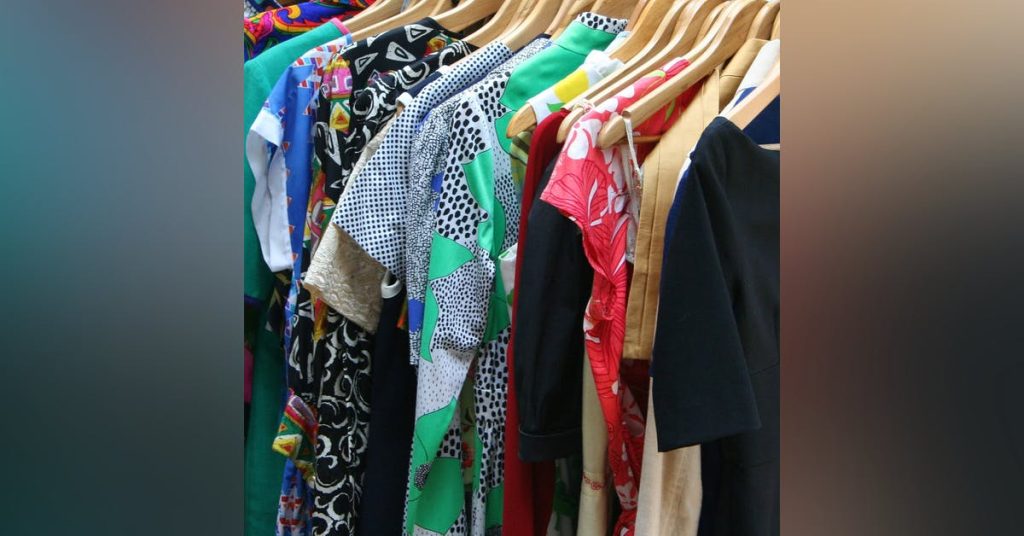Environmental Sustainability in the Replica Fashion Industry
The replica fashion industry is one of the most rapidly growing industries in the world. It is estimated that the global replica fashion market will reach $1.2 trillion by 2025. The replica fashion industry is a major contributor to the global economy, and it is also one of the most polluting industries in the world. The replica fashion industry is responsible for a significant amount of water and air pollution, as well as the production of hazardous waste. As the replica fashion industry continues to grow, it is important to consider the environmental impacts of the industry and how to reduce them. The replica clothing fashion industry is responsible for a significant amount of water pollution. The production of replica fashion items requires large amounts of water for dyeing, washing, and other processes.
This water is often contaminated with hazardous chemicals, which can be released into the environment and cause water pollution. Additionally, the production of replica fashion items often involves the use of hazardous chemicals, such as dyes, which can also be released into the environment and cause water pollution. The replica fashion industry is also responsible for a significant amount of air pollution. The production of replica fashion items often involves the burning of fossil fuels, which releases harmful pollutants into the atmosphere. Additionally, the production of replica fashion items often involves the use of hazardous chemicals, such as dyes, which can also be released into the atmosphere and cause air pollution.

The replica fashion industry is also responsible for the production of hazardous waste. The production of replica fashion items often involves the use of hazardous chemicals, such as dyes, which can be released into the environment and cause water and air pollution. Additionally, the production of replica clothing fashion items often involves the use of hazardous materials, such as plastics, which can be released into the environment and cause hazardous waste. In order to reduce the environmental impacts of the replica fashion industry, it is important to implement sustainable practices. This includes reducing the use of hazardous chemicals and materials, as well as reducing the amount of water and energy used in the production process. Additionally, it is important to ensure that the waste produced by the replica fashion industry is properly disposed of in order to reduce the amount of hazardous waste released into the environment.













